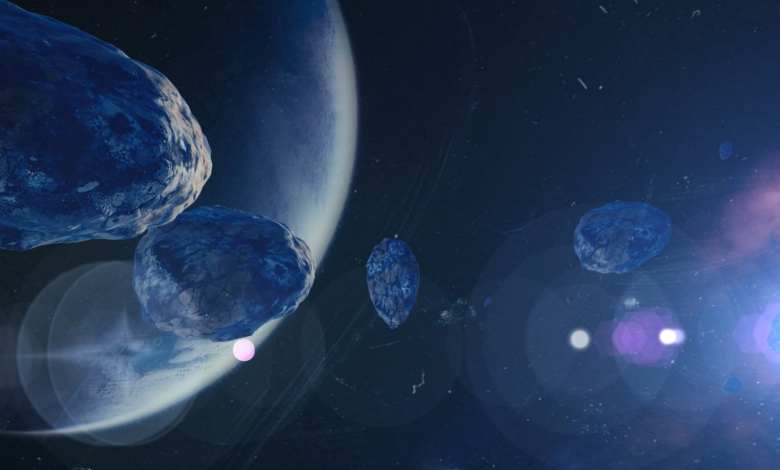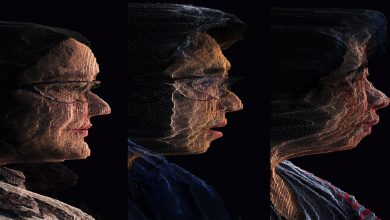Aircraft-sized asteroid to pass Earth today, reveals NASA

An asteroid struck Earth this year! No, this isn’t the plot of a Roland Emmerich science-fiction but reality. Although it wasn’t a planet killer that wiped out entire species like another space rock wiped out the dinosaurs about 65 million years ago, it did impact the surface, alerting citizens who lived nearby. As per NASA, an asteroid turned into an atmospheric fireball on February 15 and crashed near McAllen, Texas. Law enforcement agencies in the McAllen region received several calls from residents who reported hearing a loud explosion. It was a 1000-pound rock that was 2 feet in diameter as it broke into pieces about 21 miles above Earth’s surface.
In a separate development, NASA has issued details about an asteroid expected to pass Earth today. Know the details of its close approach.
Asteroid 2022 JF: Details of close approach
With the help of its advanced ground and space-based telescopes, NASA has tracked an asteroid whose orbit will bring it very close to Earth today. As per the Center for Near-Earth Object Studies (CNEOS), an asteroid, given the designation of Asteroid 2022 JF, is on its way toward Earth and could pass Earth today, November 3.
This near-Earth space rock is expected to make its closest approach to the planet at a distance of 5.8 million kilometers and at a speed of 61744 kilometers per hour which is almost as fast as a space shuttle!
According to NASA, it belongs to the Apollo group of Near-Earth Asteroids, which are Earth-crossing space rocks with semi-major axes larger than Earth’s. These asteroids are named after the humongous 1862 Apollo asteroid, discovered by German astronomer Karl Reinmuth in the 1930s.
How big is the asteroid?
In terms of size, Asteroid 2022 JF is nearly 120 feet wide, which makes it almost as big as an aircraft! It is twice as big as the Chelyabinsk asteroid that exploded over the Russian city in 2013, damaging 7000 buildings and injuring 1000 people with glass shards flying around.
What is the Alvarez hypothesis?
The Alvarez hypothesis, proposed by father and son duo Luis and Walter Alvarez in 1980, states that an asteroid struck Earth more than 65 million years ago and kicked off the extinction of dinosaurs. Although its impact crater has been presumed to be in Mexico, new light has now been shed on how it reached Earth. According to the English physicist Brian Cox, the asteroid, which formed a 140-kilometer impact crater, was thrown off its course by Jupiter, the largest planet in our Solar System.
“It is highly likely or possible that it was deflected into a collision course with Earth by Jupiter,” Cox said, highlighting that Jupiter is the creator and destroyer of worlds.




